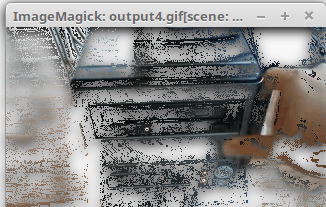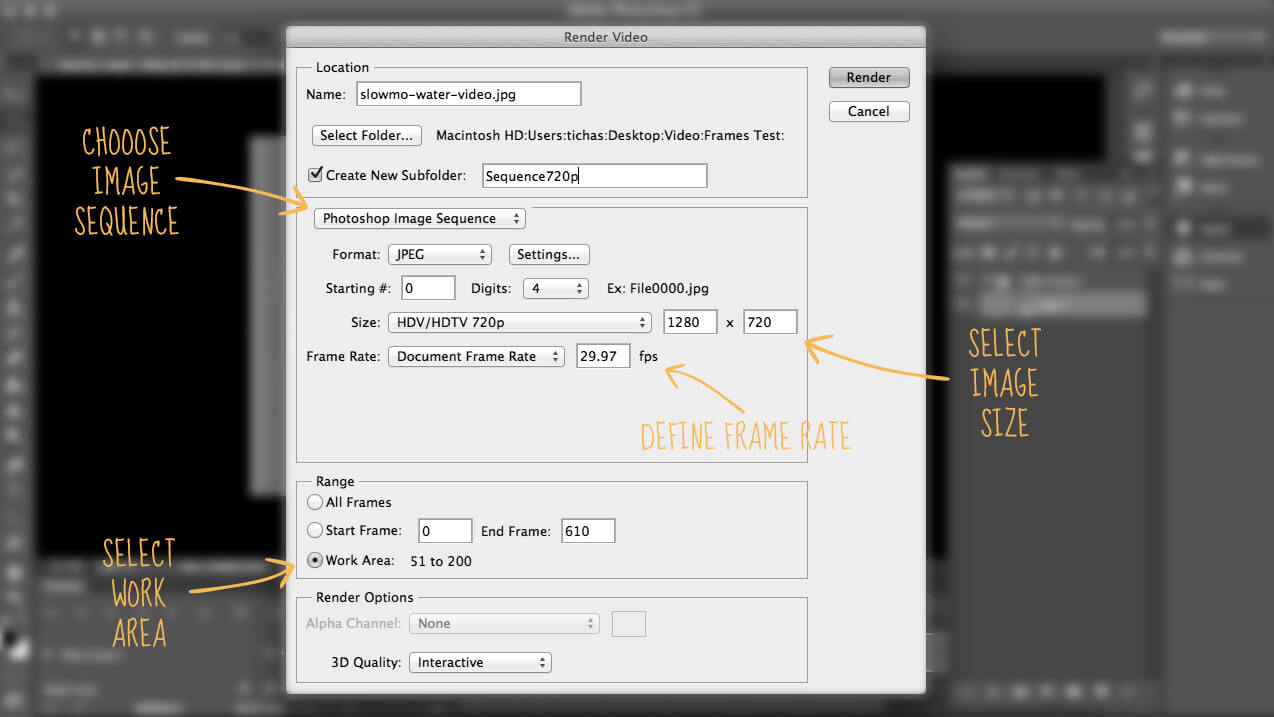
The content of our draw function is quite simple: frame_count is the total number of frames (100 in this case).We use the frame number inside the draw function to vary the image for each frame, to create the animation. This will be 0 for the first frame, 1 for the second frame, and so on, up to 99 for the final frame. frame_no - the number of the current frame.width, height - the image width and height in pixels.ctx - the Pycairo context we will be drawing on.The draw function is called once per frame (ie 100 times in our case). Here is a simple GIF image of a red circle moving across the image:ĭef draw ( ctx, width, height, frame_no, frame_count ): setup ( ctx, width, height, background = Color ( 0.8 )) pos = ( 25 + frame_no * 3.5, 25 + frame_no * 2 ) Circle ( ctx ). However, GIFs are great for animated vector graphics, and generativepy is a great way to create mathematical animations. The lack of colours and low frame rate means that video clips, for example from a movie, are quite poor quality. In addition, each frame of a GIF can only contain 256 different colours.This means that GIFs are almost always short in duration, typically a few seconds.The frame will typically be between about 10 and 25 frames per second.A GIF file will often contain less than a hundred frames.Animated GIF is not a video format, if you tried to store a 5 minute, high quality video as a GIF file, it would a huge file. However, video formats typically use far more sophisticated compression techniques, which achieve a much smaller file size. GIF animation works in a similar way to video formats, which also store multiple frames in one file. A GIF viewer will automatically display the images one after another, with the specified delay, which creates an animated image. It also specifies a time delay between frames, which is effectively the frame rate of the animation. How GIF animation worksĪn animated GIF stores several images in the same file. No other image format offers this animation feature, and certainly not in a format that is so widely supported. One feature of GIF is that it allowed several images to be stored in the same file, which could them be displayed sequentially to provide an animated effect. However, these days it has largely been replaced by PNG and JPEG formats, which offer better compression and better image quality.
IMAGE SEQUENCE GIFSICLE ZIP
It uses LZW compression (similar to the method used by ZIP files), which was more efficient than most other formats at the time.ĭue to its efficiency, it was very popular in the early days of the web, when most people (especially home users) had quite slow connections, so efficient image compression was very important. GIF (Graphics Interchange Format) is a bitmap image format that was developed in the 1980s for transferring images over networks. This can be downloaded for free, and must be installed on your system in order for the gif module to work.

The gif module makes use of the gifsicle application. This can be done with a simple script, and usually results in a fairly well optimised GIf file. Generativepy makes it very easy to create animated GIFs. Generativepy has moved to the website, and this page might not be up to date. O3 -colors=32 -use-colormap=colormap.Categories generativepy generativepy tutorial O3 -colors=256 -use-colormap=colormap.gif \\ colors 256 -unique-colors colormap.gif") System("/opt/local/bin/convert 'boxplotsequence/*.png' \\ Linterp.df = begin & x bp-map256-gs.gif")

# A function to pad a multivariate timeseries, and possibly First creating the image sequence, based on the resp.all data object produced in the previous post, and then turning it into a GIF animation using a variety of command line programs (ImageMagick, gifsicle, pngnq-s9 and pngquant) and a Bash script. There are online utilities you can feed your frames to and get a ready to use animation back, but if you care about visual quality, and especially visual quality in a small amount of space, a more hands on approach is required.


To turn an R plot into an animated GIF is as simple as saving a sequence of plots with one or more variable changing slightly for each succession, and then tell a secondary application to turn that sequence into a GIF.


 0 kommentar(er)
0 kommentar(er)
